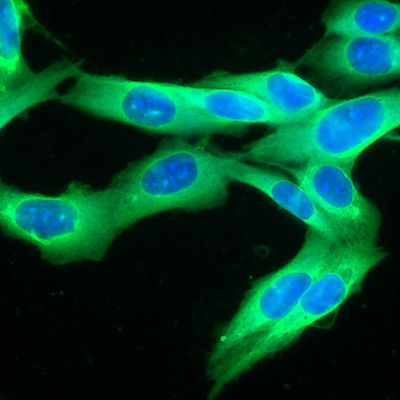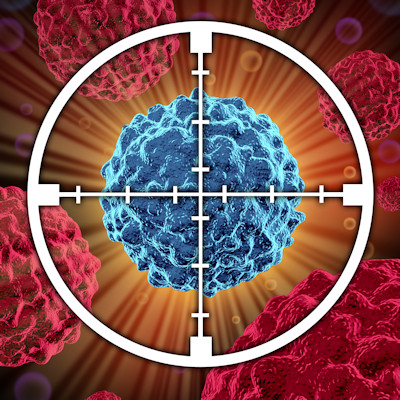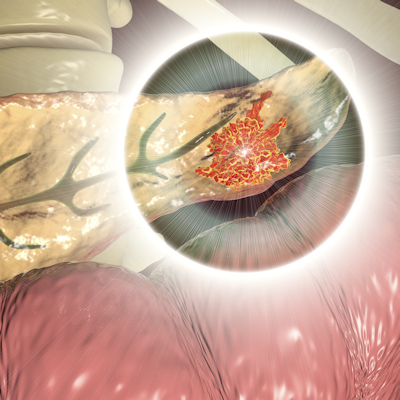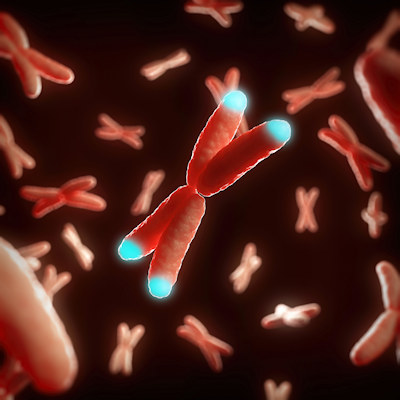July 6, 2022 -- Targeting the plasminogen-apple-nematode (PAN) domain can block cell proliferation, pointing to the potential to treat certain cancers, according to a paper published in the journal Communications Biology.
Building on computational studies, the researchers found that mutating any one of four amino acids in the hepatocyte growth factor (HGF) protein, which is critical to the function of PAN, turned off a signaling pathway that is heightened in cancer cells.
The study suggests selectively targeting the PAN domain may improve outcomes in patients with HGF-overexpressing tumors by inhibiting mitogen-activated protein kinase (MAPK) phosphorylation to block cell proliferation.
The researchers first linked the PAN domain to cell proliferation in computational studies that explored the genomes of bioenergy crops such as poplar and willow. Because plants and humans share some of the same genes for triggering or suppressing uncontrolled cell growth, the research had implications for understanding the pathogenesis of cancers, as well as how to treat the tumors.
Having made the computational discovery, the researchers tried to validate their findings experimentally. The project involved sequentially mutating single cysteines and simultaneously mutating all four cysteine residues and analyzing the downstream effects. Mutating the cysteine residues triggered outcomes such as the reduction of mesenchymal-epithelial transition factor (c-MET) interaction. Dysregulation of c-MET, a receptor tyrosine kinase belonging to the MET (MNNG HOS transforming gene) family, can drive tumor growth.
Wellington Muchero, PhD, a geneticist at the Department of Energy's Oak Ridge National Laboratory and co-author of the paper, discussed the significance of the discovery of the impact of mutating the amino acids in a statement.
"It's very difficult to engineer molecules to interfere with an entire protein," Muchero said. "Knowing the specific amino acids to target within that protein is a big advancement. You don't have to search the entire protein; just look for these four specific residues."
Other researchers have linked the hyperactivation of c-MET to lung cancer, colorectal cancer, glioblastoma, acute myeloid lymphoma, and other tumor types. That evidence has made c-MET a pathway of interest for cancer drug developers but there is limited knowledge of the activating role of HGF.
The study adds to understanding by showing the PAN domain and its four core cysteine residues are essential for HGF/c-MET signaling in human cells. That discovery was made possible by the laboratory's expertise in plant biology and biochemistry, genetics, and computational biology, plus its supercomputing resources and CRISPR-Cas9 gene editing capabilities.
In addition to the cancer applications, the researchers see opportunities to use the knowledge to disrupt the infection pathway in mosquitoes to reduce the spread of malaria and tackle some plant pathogens.
Copyright © 2022 scienceboard.net










